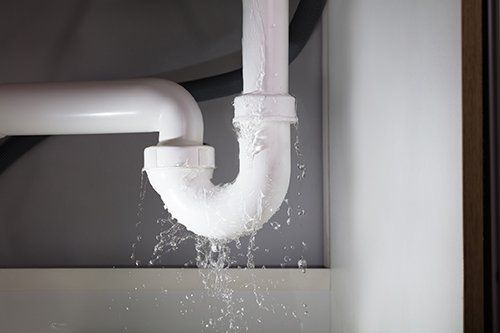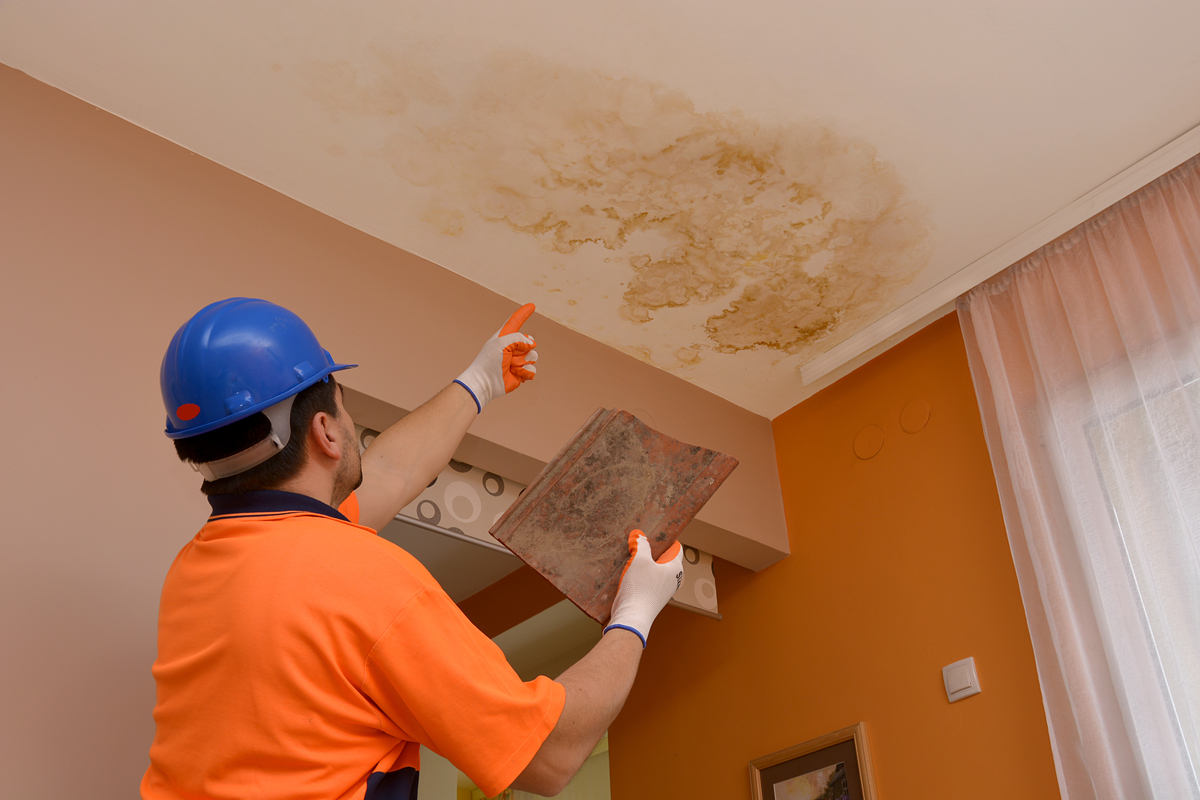Identifying the Main Factors for Water Leaks in The Home
Identifying the Main Factors for Water Leaks in The Home
Blog Article
Have you been searching for critical info about How to Find Water Leaks?

Leakages not just create waste of water yet can also cause unnecessary damage to your home and also advertise unwanted organic growth. Water leakages could go undetected because most of the pipework in our house is concealed. By looking and recognizing for day-to-day circumstances that cause leakages, you can protect your house from future leakages and unnecessary damages. Today, we will check out six leakage creates that might be creating your pipelines to trickle.
Instant temperature changes.
Extreme temperature level modifications in our pipelines can cause them to increase as well as contract unexpectedly. This expansion as well as contraction may cause fractures in the pipes, especially if the temperature are below freezing. If you kept an eye on exactly how your plumbing functions, it would be best. The visibility of the formerly discussed conditions often shows a high threat.
Rusty water systems
As time passes by, your plumbing system ages and also rust such as corrosion may begin eating away the pipelines. This could be the source of discoloration or warping on your water pipes. This asks for an examination with your plumber quickly. If our plumbing system is old, consider replacing the pipes since they are at a higher risk of corrosion than the more recent versions.
Faulty Pipeline Joints
Pipe joints can weaken over time, resulting in water leaks. If you have loud pipelines that make ticking or banging noises, specifically when the hot water is turned on, your pipe joints are probably under a great deal of pressure.
Encroaching roots
A lot of water leakages start outside your home rather than inside it. If you see a sudden reduction in water pressure, claim in your faucet, take some time to head out and examine your yard. You might notice damp patches or sinkholes in your yard, which might imply that tree origins are invading water lines triggering water to seep out. You can have your plumber check for invasion, specifically if you have trees or shrubs near your home.
Poor Water Connectors
At times, a leakage can be brought on by loose hoses as well as pipelines that supply your appliances. More often than not, changing is what creates the loosened water Connections. You could find in the case of a washing device, a hose might spring a leakage due to shaking throughout the spin cycle. In case of a water connections leakage, you may see water running straight from the supply line or pools around your devices.
Obstructed Drains
Blocked drains pipes could be annoying as well as inconveniencing, however they can sometimes end up causing an overflow leading to burst pipes. Keep getting rid of any kind of materials that may decrease your drains that might clog them to stay clear of such hassles.
All the above are root causes of leakages however not all water leakages result from plumbing leakages; some leakages could come from roof leakages. All leaks need to be repaired instantly to stay clear of water damage.
Leakages not just create waste of water however can likewise create unneeded damage to your residence and also promote undesirable organic growth. By understanding and looking for everyday situations that create leaks, you can safeguard your house from future leakages and also unnecessary damage. Today, we will look at six leak triggers that might be creating your pipelines to trickle.
At times, a leakage can be triggered by loose tubes and pipes that supply your appliances. In instance of a water connections leak, you may notice water running directly from the supply line or puddles around your devices.
How To Check For Water Leak In Your Home
How To Check for Leaks
The average household's leaks can account for nearly 10,000 gallons of water wasted every year and ten percent of homes have leaks that waste 90 gallons or more per day. Common types of leaks found in the home are worn toilet flappers, dripping faucets, and other leaking valves. These types of leaks are often easy to fix, requiring only a few tools and hardware that can pay for themselves in water savings. Fixing easily corrected household water leaks can save homeowners about 10 percent on their water bills.
To check for leaks in your home, you first need to determine whether you're wasting water and then identify the source of the leak. Here are some tips for finding leaks:
Take a look at your water usage during a colder month, such as January or February. If a family of four exceeds 12,000 gallons per month, there are serious leaks.
Check your water meter before and after a two-hour period when no water is being used. If the meter changes at all, you probably have a leak.
Identify toilet leaks by placing a drop of food coloring in the toilet tank. If any color shows up in the bowl after 10 minutes, you have a leak. (Be sure to flush immediately after the experiment to avoid staining the tank.)
Examine faucet gaskets and pipe fittings for any water on the outside of the pipe to check for surface leaks.
Undetected water leaks can happen without the home or business owner even realizing. If you suspect a water leak, but not able to find the source. It is time to contact a professional water leak detection service, The Leak Doctor.
How To Find a Water Leak In Your Home
https://www.leakdoctor.com/blog/How-To-Check-For-Water-Leak-In-Your-Home_AE197.html

As an enthusiastic reader about How to detect water leaks in your home, I thought sharing that information was worthwhile. Make sure you take the time to share this post if you enjoyed reading it. Thanks a lot for your time. Don't forget to visit our website back soon.
Fast solution? Ring! Report this page